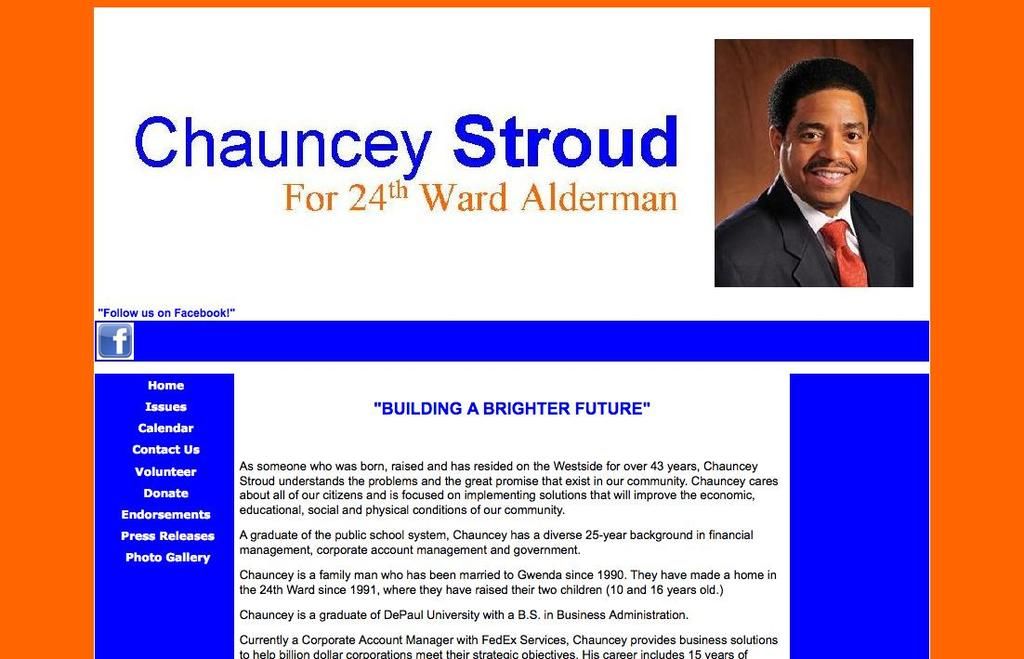Going for the Float: Navigating Nuveen Floating Rate Income Fund (JFR) Amid Higher Interest Rates
Financial Recovery Delayed, Income Achieved Immediately According to JFR
In these days of rising interest rates, I'm always on the hunt for investment opportunities that help capitalize on the current financial climate. One such option is the Nuveen Floating Rate Income Fund (JFR), a smart choice for investors seeking a decent level of income while interest rates maintain their climbs. I reckon the existing economic conditions don't scream for drastic interest rate cuts in the near future. JFR's earnings stem from a diversified portfolio of floating rate debt securities, making it an appealing prospect for investors.
Over the past year, JFR's share price has dipped by approximately 6.4%. However, this loss can be made up for by the total return of 6.8%, considering all the distributions handed out to shareholders over the same time span. Given that JFR is a floating rate fund, its main charm lies in its generous starting dividend yield of around 12.2%. What's more, all these monthly distributions find their way into your account, making JFR an attractive choice for those who prefer frequent dividend payments. As rates remain elevated, there's a good chance that JFR will continue to shower investors with an impressive income flow.
The downside of a floating rate fund is that it may be susceptible to defaults within its portfolio. Since JFR boasts a sizable exposure to borrowers with less-than-perfect credit ratings, its portfolio could prove less resilient if the debt market starts to stagger. Additionally, there's a high chance that distributions may be reduced if interest rate cuts do take place this year. So let's dive into the strategy that the fund employs to rake in its earnings.
Fund Strategy
As per the latest fact sheet, JFR has a total net asset value of $1.5B, spread across 384 unique positions. The fund delves into various debt securities, aiming to produce interest income for distribution to shareholders. The fund is diversified, but the majority of the allocation leans towards Senior Loans – claiming 84.4% of the portfolio. The remaining break-down is as follows:
- Senior Loans: 84.4%
- Corporate Bonds: 9.3%
- Exchange-Traded Funds (ETFs): 3.2%
- Common Stocks: 0.6%
- Other: 0.1%
JFR adds to this diversity by maintaining an astute level of exposure to various sectors. For example, Information Technology holds account for the biggest chunk of assets at 19.2%. This is followed by Consumer Discretionary (15.1%) and Industrial (14.3%) holdings, making up over 48% of assets. However, remember – JFR's strategy centers on income generation instead of growth. As such, it should only be a part of an investor's portfolio who specifically targets income. Growth-focused investors will likely be left wanting more, as JFR has historically eaten away at investor capital over a lengthy period. For instance, JFR's price has declined by nearly 25% over the previous ten years. While this is offset by distributions that boost the total return above 75.6%, you'd secure better numbers with a traditional index-tracking ETF.
Valuation
Since JFR operates as a closed-end fund, its share price could trade at odds with the underlying value of its net assets. Right now, JFR trades at a small discount to NAV of approximately 5%. Interestingly, this discount has been shrinking over the past year, likely due to the fund's increasing attractiveness as distributions grew alongside interest rates. For your reference, JFR has traded at an average discount to NAV of 8.25% over the past three years.
However, a smaller discount doesn't necessarily make JFR any less enticing. Taking a gander at the chart below, we can see that JFR's share price has actually dropped from its prior levels in 2020 and 2021. The rapid increase experienced during 2020 and 2021 was due to exceptionally low interest rates, which fueled borrowing activity, making it more likely for businesses to expand their valuations. Despite a higher interest rate signifying that funds like JFR can collect more interest income, risk increases because the cost of debt can negatively impact operating margins. This, in turn, causes valuations to fall when businesses switch from growth to cost efficiency.
Therefore, JFR stands at an intriguing juncture because future interest rate cuts can serve as a catalyst for price growth. A lower cost of debt would encourage more borrowing and provide a modicum of relief to existing borrowers. Conversely, lower interest rates could also lead to a cut in distributions since earnings might shrink. However, the Fed has decided to keep interest rates unchanged during their latest meeting and continue to keep an eye on the global economic environment. I believe the Fed will maintain their vigilance and won't lower rates as they aim to determine the full impact of President Trump's tariff proposals.
Risk Profile
The major risk for a floating rate fund like JFR is the possibility of borrower defaults. In order to generate the lucrative yield that the fund offers, it carries exposure to riskier borrowers. The trade-off for higher income is more risk, meaning that JFR's portfolio is more prone to experience defaults if conditions do not improve. Approximately 91.3% of JFR's assets are invested in borrowers classified as below investment grade.
Given that JFR has a significant exposure to riskier borrowers, it is more vulnerable to defaults if the debt market faces turbulence. Picture a scenario where trade tensions escalate and economic growth weakens. In this case, S&P Global estimates that this may cause the default rate to skyrocket as high as 3% by December of this year. Consequently, JFR's share price might continue its downward spiral as uncertainty looms and defaults begin to materialize.
Dividend Shifts
As of the last declared monthly distribution of $0.085 per share, the current dividend yield lingers around 12.2%. Upon scrutinizing JFR's dividend history, we can see that it bears a habit of adjusting payouts over time. At the moment, the distributions hover at the highest levels seen in the last decade. Given that interest rates stay at record highs, expect payouts to keep ramping up for the foreseeable future.
However, the shifting payouts might not be the finest fit for an investor seeking a steady, low-variance second income stream. Nevertheless, I remain optimistic about interest rates maintaining their elevated levels in the immediate future. In this scenario, the fund will continue to shower investors with elevated payouts for the coming months.
To demonstrate the flexibility of the distribution, I ran a back test on a $25,000 initial investment at the start of 2016. The graph below assumes that no additional capital was ever added, and no distributions were ever reinvested back into JFR. The income per annum shifts in tandem with interest rates, but the income range remains quite consistent over a decade:
2016 Dividend Income: $1,816
2024 Dividend Income: $2,490
It's worth mentioning that the distributions received from JFR are typically classified as ordinary dividends. Given that ordinary dividends are taxed at the highest rates, investors must take their tax implications into account. Depending on the amount of capital invested, tax bracket, or desired income level, a position in JFR may be best served within a tax-advantaged account.
The Takeaway
In summary, I'm rating JFR as a buy for now, as I anticipate the fund will benefit when interest rates finally start to descend. While rate cuts haven't occurred yet, the fund is likely to continue delivering a high level of dividend income during this period. When interest rate cuts do happen in the future, the share price will likely increase as a lower cost of debt offers relief to the debt markets and propels valuations higher. Although a lower interest rate might cause a future reduction in the payout (which is the nature of these floating rate funds), the fund is diversified across sectors and boasts a discount to NAV following the recent share price drop.
- In the current financial climate of rising interest rates, one investment option that attracts investors is the Nuveen Floating Rate Income Fund (JFR), which generates income by investing in a diversified portfolio of floating rate debt securities.
- As technology plays a significant role in managing investments, analyzing JFR's portfolio composition can be done easily using online banking platforms or personal finance apps to monitor performance and dividend distributions.
- Despite potential risks like borrower defaults and reduced distributions if interest rates fall, managing personal-finance risks wisely requires investing in multiple opportunities such as stable blue-chip stocks, bonds, and income-generating funds like the Nuveen Floating Rate Income Fund (JFR) as part of a well-diversified investment strategy.






